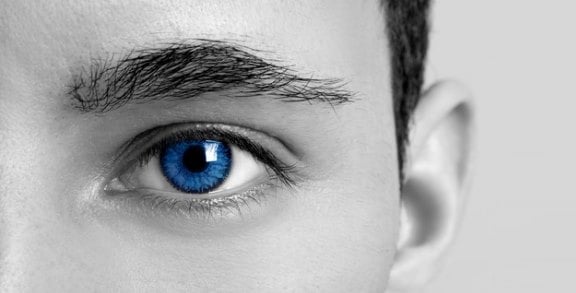NLP Alert: Your Eye Patterns May Hold the Key to a Better Behavior
New NLP Application – Part 3
This is a warning. This is advanced material. If you don’t understand it, you’ll need to study the NLP Practitioner material or call the office nearest you for clarification.
How to Know If You Are “Right Brained” Or “Left Brained”?
In Part 1 and 2 of this article I addressed the issue of the NLP Eye-Patterns elicitation and some of the problems concerning the tendency to fit all human beings in the same box.
Now we’ll expand in a seemingly different area however the two are intrinsically related to each other. Due to the work of a group of medical doctors from Germany and elsewhere who refuse to think in the medical dogma box, a new system of thinking about dis-ease was formulated. According to this theory, all dis-ease is preceded by an extremely stressful significant emotional event, which takes us by surprise, is very dramatic, we have no strategies to deal with the situation and we cannot talk about it with anybody. These are in a nutshell the conditions of this significant shock event. And we’ll see in a moment why NLP Eye-Patterns are so important in relation to this theory.
To determine the brain dominance, this system uses what is called the “clap” test. Clap your hands once imagining you’re in a theater and notice which hand is on top. If one of your hands is on top – congratulations! The hand on top shows you if you are a “right brain” or “left brain” dominance person. But what if both of your hands are pushing against each other vertical and none is on top? OK! You’re then told to notice which one of the hands is the active one,. But what if both are active? What if you’re ambidextrous? Or what if you cannot decide which one is more active than the other?
According to the same clap-test it seems that even if a person has been taught to use predominantly one hand when they clap they will still use the dominant hand. Although the thesis starts from the basis that biological laterality is determined at the moment of the first cell division in the uterus, there are also other theories stating that not all body dominances (hand, leg and eye) are necessarily same-sided, and this is not a sign of abnormality.
There could be also mixed hand dominance; for example cutting and writing with different hands. This is not considered to be a problem, or in any form abnormal, it is simply that one side has developed greater strength and the other hand has developed greater fine motor control/dexterity. This is called crossed dominance. The specialty literature suggests that crossed dominance is common and is not necessarily indicative of a problem.
But back to the German thinking about dis-ease as being the result of a significant emotional event with four distinct characteristics (see above); in order to efficiently establish what type of conflict was present, one of the things you need to know is if the person is right brain dominant or left brain dominant.
Why would you need to know what conflict was present? Because this is the problem that the client coming to you for coaching complains about. And you, the coach, need to solve it!
We teach an introduction to this system of thinking about dis-ease in the context of health coaching during our NLP Master Practitioner and we have seen in every one of these trainings – for the last 6-7 years – too much uncertainty in people’s ability to figure out which hand was dominant. Well then – for the same purpose – why not use the elicitation of the Eye-Patterns to determine what brain dominance you exhibit at the moment, (see below)?
The whole theory of how dis-ease is created in the body would take a week to explain in detail and it is beyond the scope of this article. But it will suffice to say that as a result of this dramatic or traumatic event, it is possible that one of the brain hemispheres “closes” metaphorically and the person operates now within the main characteristics of the other brain hemisphere. Incidentally, this has nothing to do with intelligence or IQ. You do not become more stupid!
According to the same theory, one of the brain hemispheres (the one which is dominant according to the clap test – could be either right or left) is concerned with what is generally attributed to male behavior and the other with what is generally attributed to female behavior.
So the masculine hemisphere would be preoccupied with and producing thinking and behavior related to the world outside, it is active by nature having to do with business and work, and the like. The feminine hemisphere would produce thinking and behaviors related to the inner world (including the world of thoughts, emotions, and mind stuff), is passive and having to do more with the “nest”, children, and the like.
For coaches this is vital information because once you determine right VS left brain dominance you can identify the original conflict and do Time Line Therapy® techniques to eliminate the original cause. More in Part 4.
Be well


